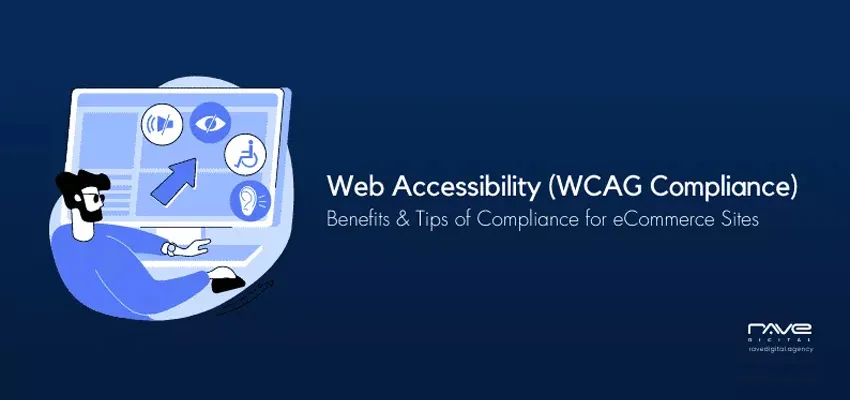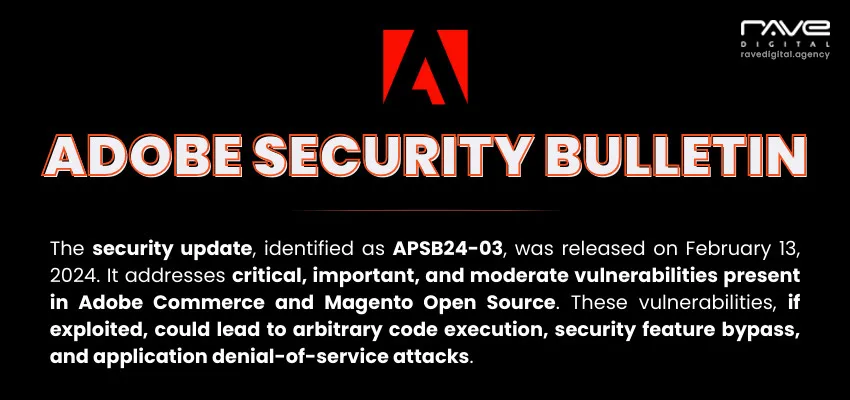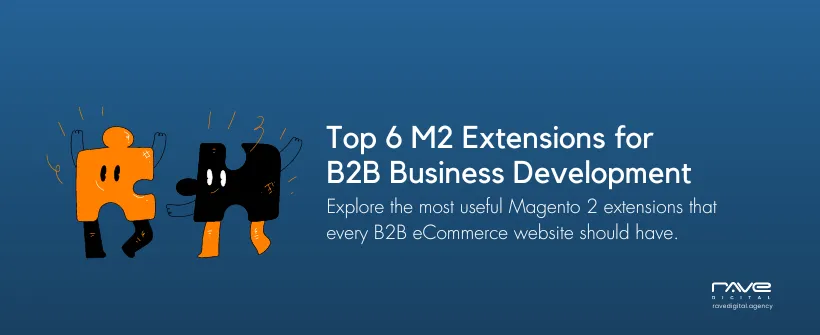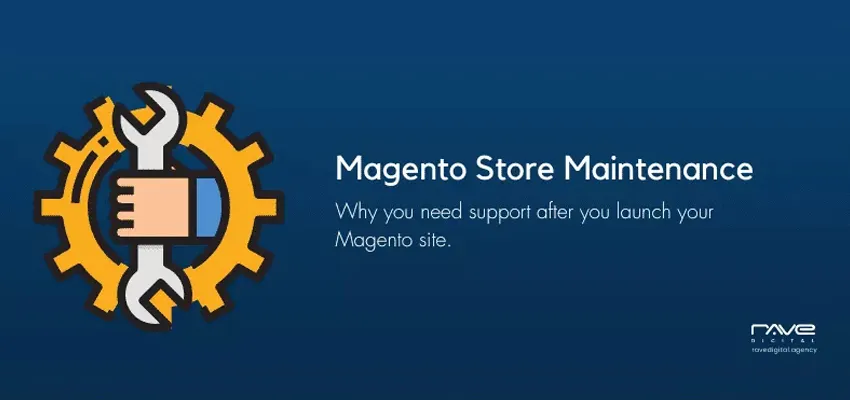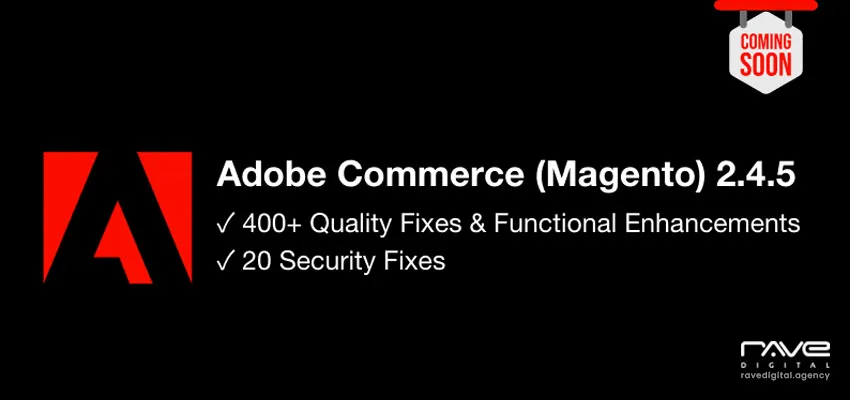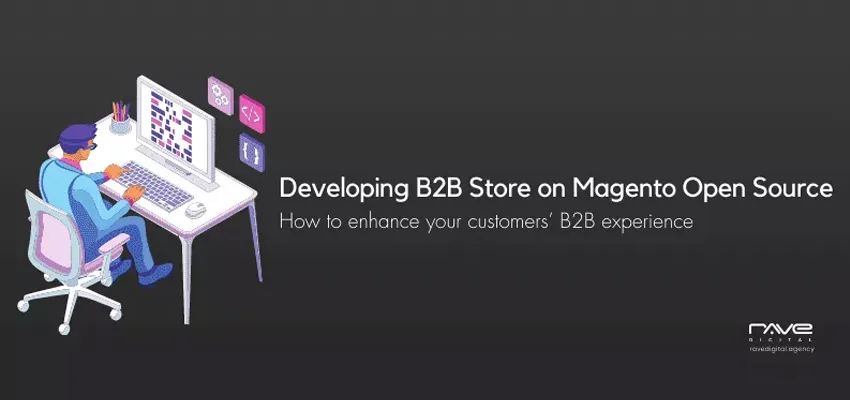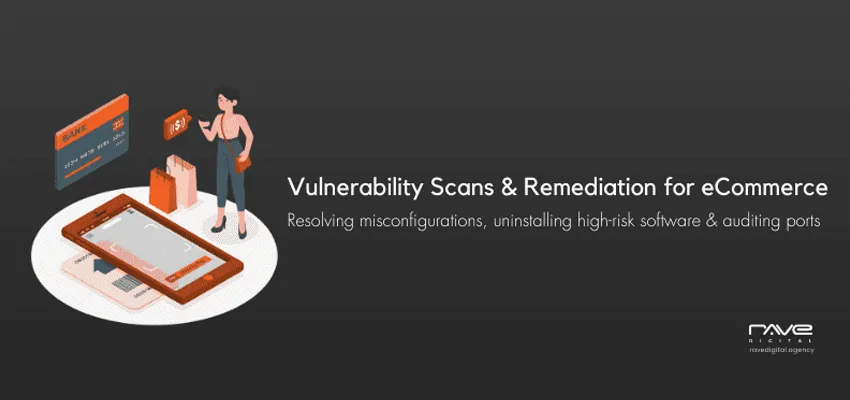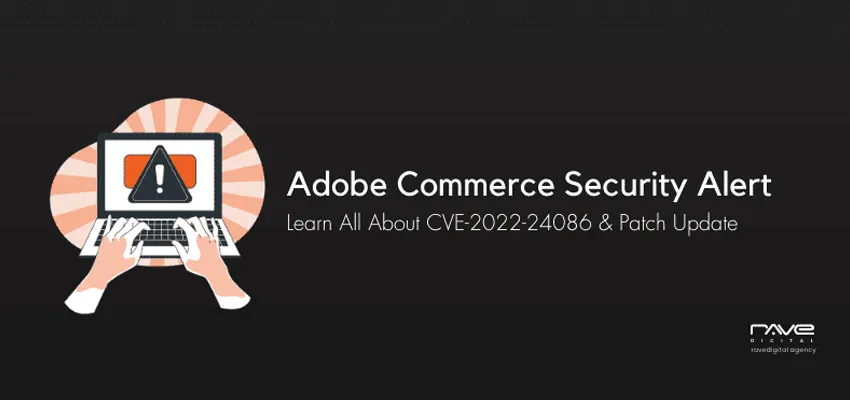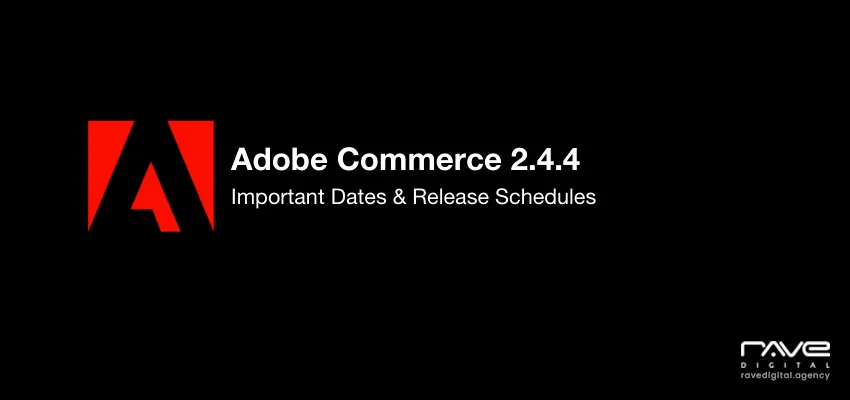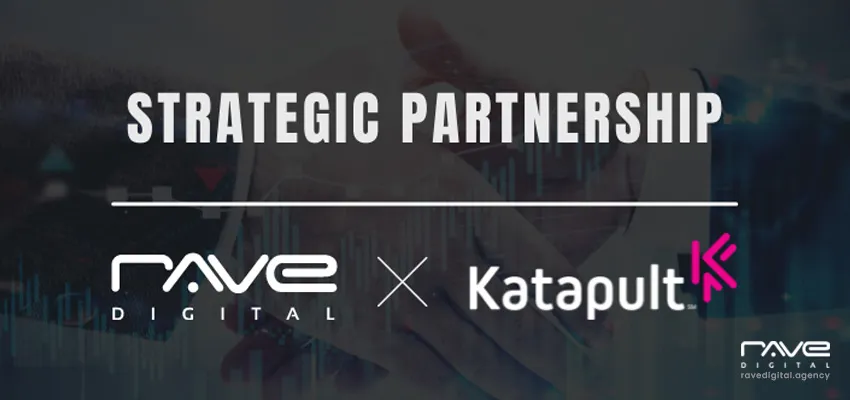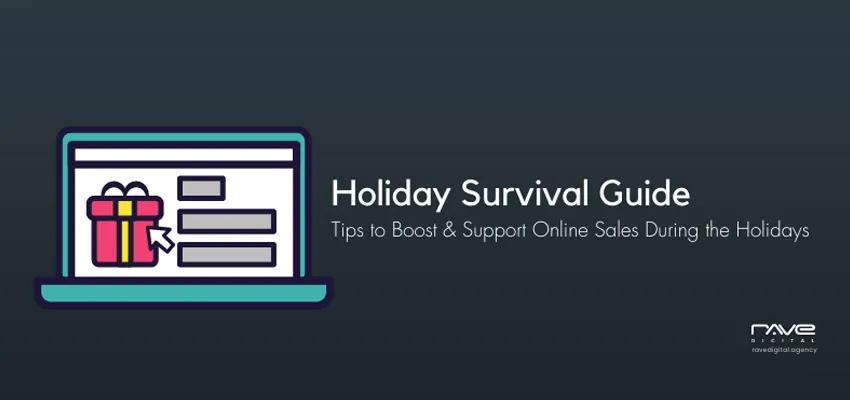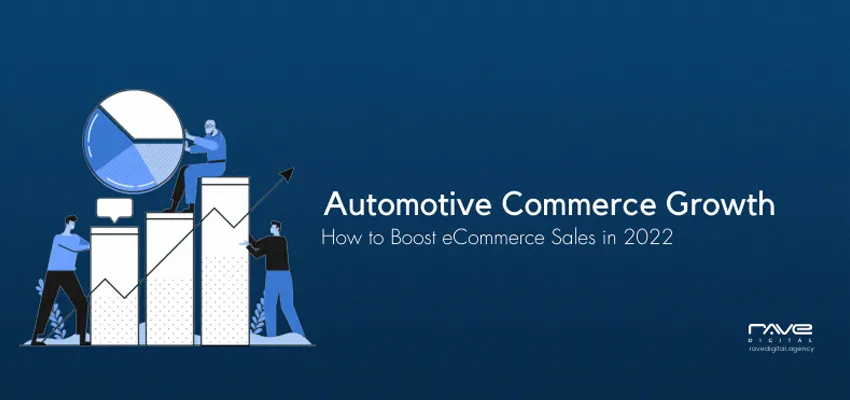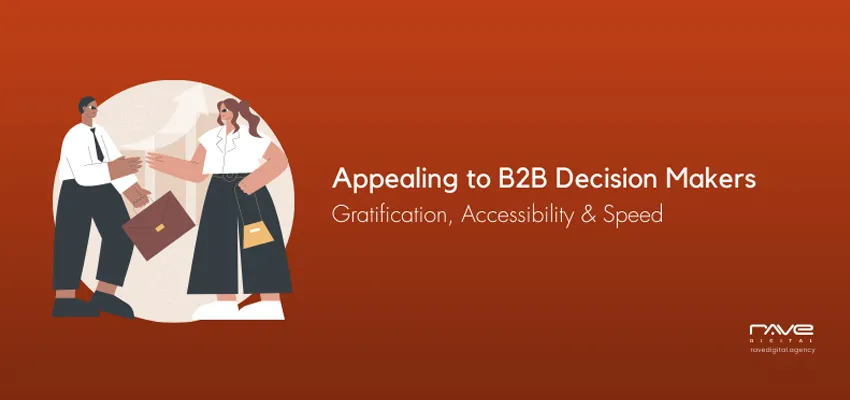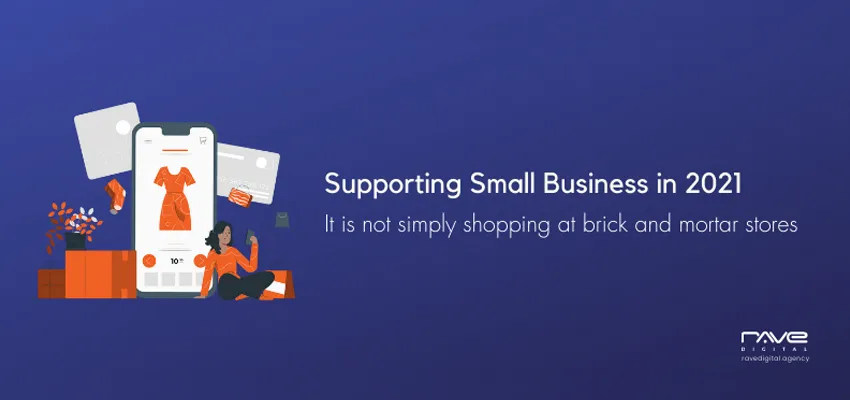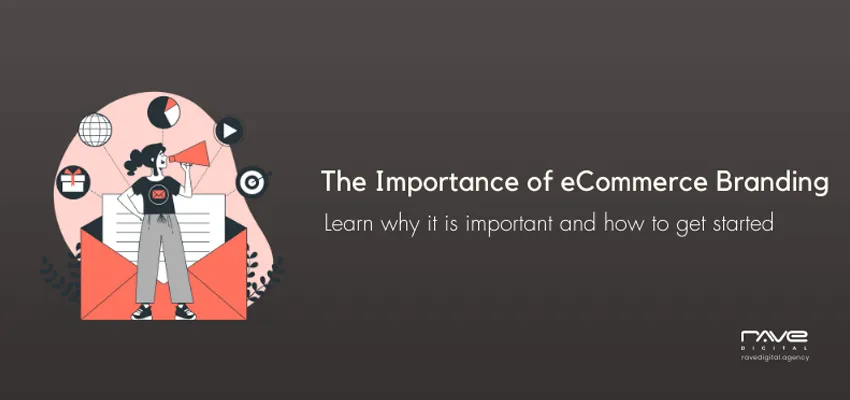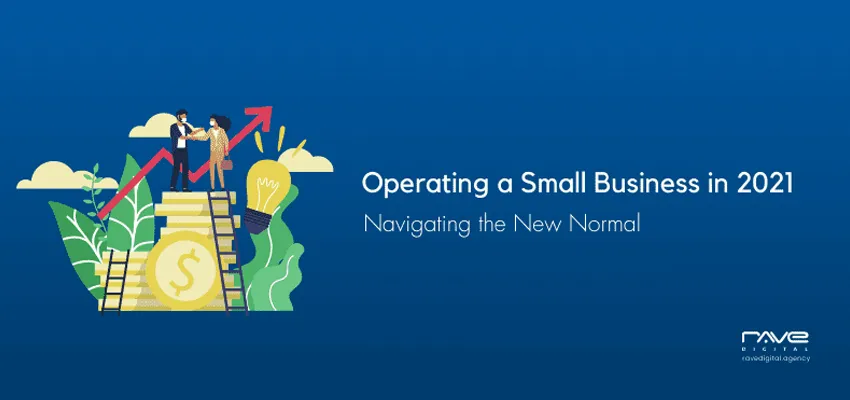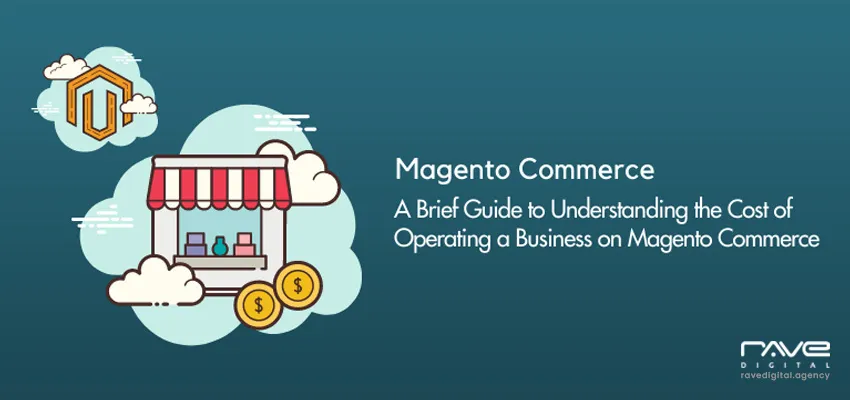WCAG compliance is necessary for eCommerce stores for a few reasons. Firstly, WCAG compliance ensures that your store is accessible to everyone, regardless of disability. This not only includes people with visual impairments, but also those with hearing impairments, physical disabilities, and even cognitive disabilities. Secondly, WCAG compliance helps to ensure that your store is easy to use for everyone. This includes making sure that navigation is easy to understand, buttons and links are clearly labeled, and your content is easy to read. Finally, WCAG compliance helps to protect your store from legal action. If your store is not WCAG compliant, you could be liable for damages if someone with a disability is unable to use your store.
What is WCAG Compliance and what does it mean for your website or business?
The WCAG are a set of requirements and guidelines that describe how to make websites accessible. They are organized as four principles: perceivable, operable, understandable, and robust. These aren’t just important standards, they are keys to making accessible web content. These internationally-recognised guidelines are created by World Wide Web Consortium (W3C).
How can you make sure your website is WCAG compliant
There are specific guidelines to ensure websites are designed to adhere to the Web Content Accessibility Guidelines. These guidelines ensure the web content is more accessible to people with disabilities.
The WCAG offers 3 compliance levels: A (beginner), AA (intermediate) and AAA (advanced). These are described in detail below.
For complying with WCAG at Level A, a website must:
- Offer text alternatives for content that is non-text.
- Offer a substitute for audio-only and video-only content.
- Offer captions for all videos containing audio tracks.
- Refrain from using presentations relying only on colors.
- Ensure all functionalities are keyboard accessible.
- Ensure users are given control over overtime limits.
- Offer user controls for content moving.
- Offer a link for “skip to content”.
- Deploy helpful, clear page titles.
- Present items in a logical sequence.
- Every link’s purpose should be clear from its context.
- Ensure page elements remain the same when they obtain focus on input.
- Pinpoint input errors.
For complying with WCAG at Level AA, a website must:
- Ensure the contrast ratio used between text and background is set at 4.5:1.
- Ensure the text used can be enlarged up to 200% without loss of function or content.
- Refrain from using images of text.
- Have many ways to locate pages.
- Have clear labels and headings.
- Ensure the keyboard focus remains visible and clear.
- Notify users when the language used on a page changes.
- Have all buttons and icons positioned with consistency.
- Offer fixes if the users make errors.
- Reduce input error risk for sensitive data.
For complying with WCAG at Level AAA, a website must:
- Offer sign language translations with the videos.
- Offer extended audio descriptions for videos.
- Offer a text substitute for videos.
- Offer substitutes for live audio.
- Ensure the contrast ratio between background and text is 1:7.
- Make sure the audio content remains clear for listening.
- Give the users various presentation options.
- Make all content accessible solely through the keyboard.
- Ensure the users are not interrupted.
- Save user data while re-authenticating.
- Ensure the users know where they are positioned on the website.
- Break up content with proper headings.
- Explain unusual words.
- Explain all abbreviations.
- Ensure all content is comprehensible to 9th grade reading level.
What are the benefits of WCAG compliance?
Let’s have a look at the top 5 benefits of web accessibility for your business.
Enhanced Usability
Following WCAG guidelines enhances the overall user-experience and usability of your website. It boosts customer satisfaction. Following the web accessibility recommendations mentioned in this article will upgrade the general usability of your website.
Building A Brand
Representing your brand as inclusive has become crucial. A survey revealed that 62 percent of consumers prefer a brand that’s willing to take a stand on issues. Modern consumers are interested in knowing whether the brand aligns with their values. Be it saving the environment or enriching your community; publishing an accessibility statement to iterate your commitment can help you garner a favorable reputation for your brand.
Improves SEO Metrics
Abiding with the various stages of guidelines under WCAG can help you improve your overall site score, making your site more searchable on search engines. Enhanced SEO metrics can help you drive more traffic to your website.
Higher Revenue
As per the CDCs Morbidity and Mortality Report, 1 in 4 U.S adults are living with a disability (which includes motor disabilities, visual disabilities, hearing disabilities). This undoubtedly is a large segment of the population your website can cater to. Following the web accessibility can lead to boosted sales, positive word-of-mouth, and better long-term loyalty.
How can you make your website more accessible for all users?
Several high-profile websites have been served with lawsuits, and their owners have ended up paying expensive settlements owing to non-compliance with WCAG standards. It is necessary for certain websites that service the US government to comply with the Web Content Accessibility Guidelines. Developed by the W3C, WCAG ensures website users of any ability are able to access web content without hassles.
The WCAG 2.0 guidelines should be followed when developing a website to ensure it can be used by users with varying abilities. The following steps should be implemented:
- Using a Website Accessibility Manager
- When appointing an Web Accessibility Manager (WAM), the candidate has to be picked carefully. You should ensure this person is well versed with nuances of WCAG 2.0 and has adequate skills in content management and web development. The Web Accessibility Manager should be able to:
- Develop a web accessibility policy customized for the client company’s website. The policy has to be simple, and comprehensive.
- The policy must be easily found and publicly available on the website.
- The WAM should document any tasks required for WCAG compliance.
- Seeking services of a Website Accessibility Consultant
- If your company is better suited to an external resource, hiring a consultant that specializes in WCAG compliance makes sense. The consultant will work closely with the company’s website management team to find, prioritize and address the content and development for your website. The consultant will provide relevant documentation and to train the company’s internal teams as well.
- Carrying out a WCAG Audit
- You can make use of an automated auditing tool to execute a comprehensive site audit. They will find out problem area and suggest remedial measures.
- The website audit is divided into 3 stages:
- Automated testing. Software tools can spot 25% of the compliance-related issues.
- Manual code checking. It will catch a large part of issues skipped by automated testing.
- An assistive technology review. The testers deploy tools used by disabled users to ensure compatibility.
- Maintaining Detailed Records
- It is necessary to document each and every action taken by you to make the website adhere to WCAG norms. The audit reports should be stored. The details like dates and people executing the actions should be recorded in the documentation.
- Offering In-house Training
- Any website will require ongoing site compliance. It is necessary to instill a protocol for compliance to the team members that are responsible for maintaining your website. It is prudent to develop comprehensive training manuals which cover such compliance issues for new employees.
How does Rave All Care manage my store’s WCAG Compliance?
Knowing how to follow the WCAG guidelines and what to prioritize requires experience. At Rave Digital, we offer maintenance plans to manage your websites. Our team of expert eCommerce developers focus on following the latest standards and best practices to ensure your website is running smoothly and is compliant with all of the required standards. Contact us today to learn how we can enhance your website’s accessibility.
